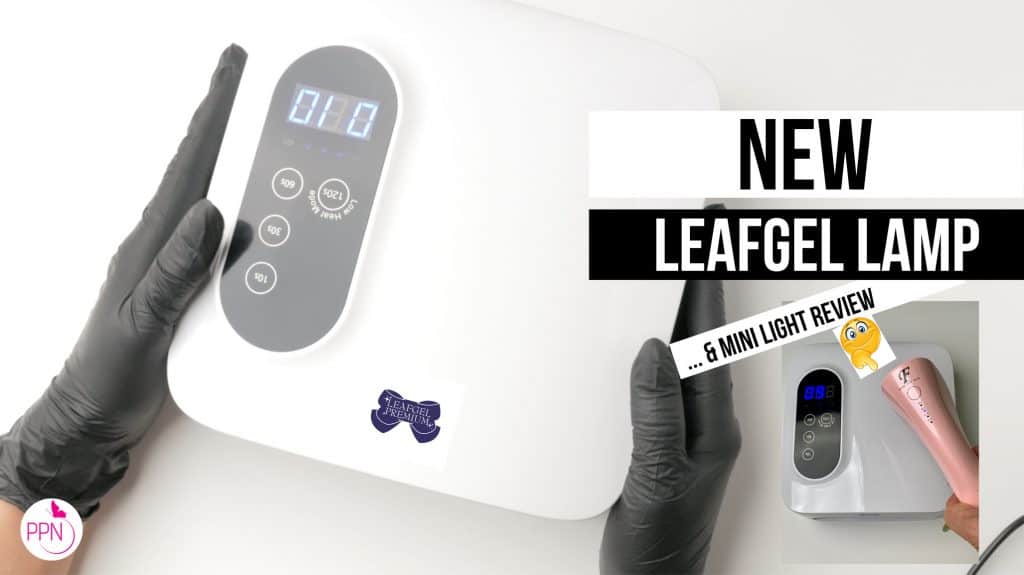So you’re eager to grow your Japanese Gel Color collection, but are all Japanese gels created equal? Are there some that stand out, MUST-BUY colors? Today we’ll be highlighting Vetro, Leafgel, and Kokoist Japanese Gel colors.
Colors, colors, colors! How do they differ and which are must-buys.
Vetro:

I’ve worked with Vetro for about 5 years now, and since their start, they’ve come out swinging as far as creating the most desirable gels for nail art techniques.
Vetro colors:
Vetro Crysta Collection
For me, they were among the first to create “jelly” colors or colors that are fully translucent. The Crysta collection was an instant hit when it debuted and continues to be a top seller just about 5 years later; use these colors for your favorite sets of Jelly Nails or to create stained glass nail art.
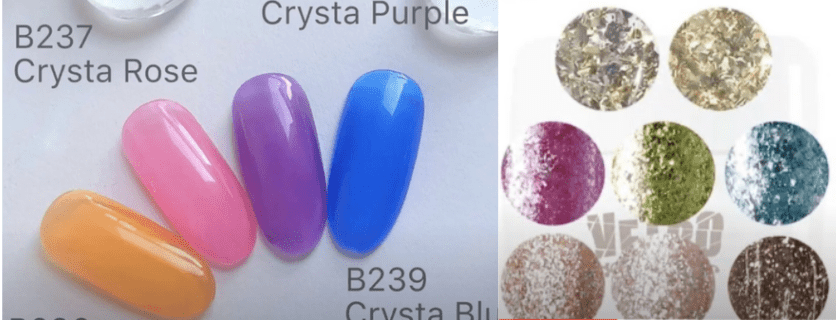
In the early launch of Vetro in the US, I found the colors to be extremely pigmented, which was a big plus, but they lacked a little bit of stretch and if you did not apply them thinly enough they could chip. That is no longer the case, most formulas remain strongly pigmented, with others requiring a second coat for a true color coat. Those formulas are labeled 1 or even 2 stars, which means they are good for ombre or gradient effects.
Vetro leafgel collection
Vetro was also, from what I can remember, the only brand to carry the very fine foil gels also known as leaf gel. (#271-275, 326, 327, & 977) These formulas were so unique because the foil material in it was so fine and laid smoothly on the nail without clumping or leaving jagged edges, there are 8 different shades, and this collection also continues to be a best seller and a must-have for instant spunk.
Vetro tortoise nail colors
Lastly from Vetro… if you want to have any success at recreating a tortoise design do not skip #261 & #260, even if you think you have no idea how to recreate a tortoise design, just laying these colors on the nail will get the wheels turning.
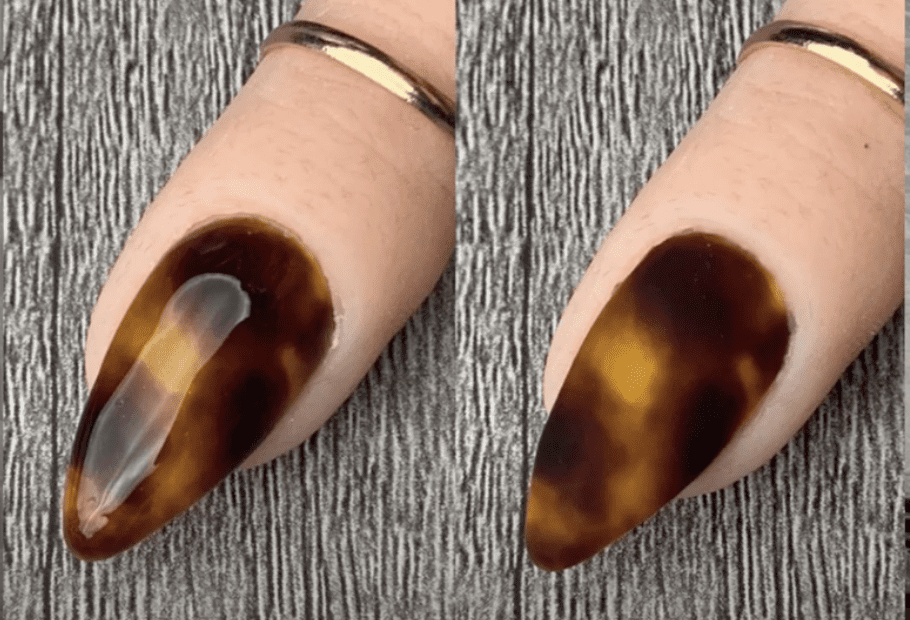
Vetro colors are sold in 4g jars and are about $15 per color.
Kokoist:
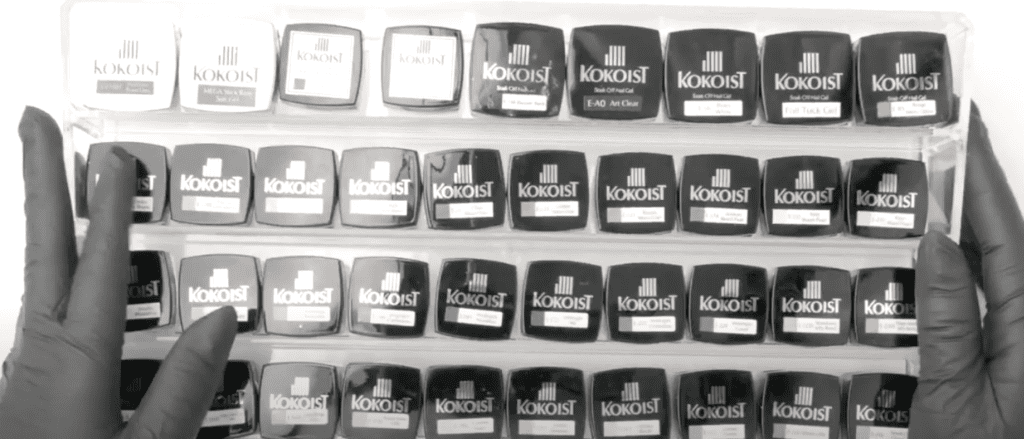
Oh Kokoist, how we heart you so much. I’m warning you, you may need pen and paper to write all my recommendations.
First off, what turned me on to Kokoist’s color was their selection of white-based colors. Yes, those hard-to-apply colors, kind of freak you out when applying, and sometimes require 3 coats, but when clients get hooked on white-based colors, they get hooked! and Kokoist is here to augment your collection.
Kokoist colors:
I find that Kokoist has the most variety with white-based colors. Here are some of my recommendations. E-45 Soda Cream, E-127 Strawberry Latte, and E-116 Cream Cherry Tart.
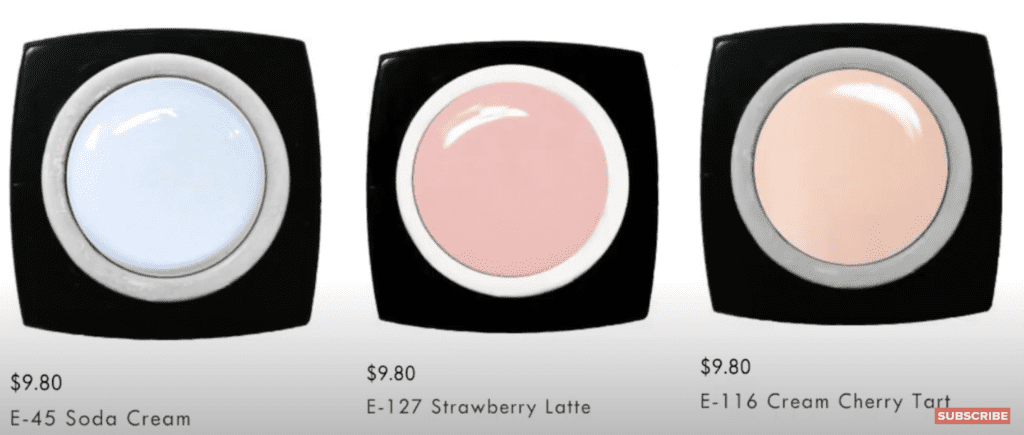
Kokoist also has some top sellers that they can barely keep up with the demand of, due to their popularity.
- E-148 Blackest Black, excellent for one coat black coverage and superfine detail lines.
- E-56 Bluey White, for that perfect defined French smile line, and
- E-91 White Gradation for the most versatile translucent white nail art used for stone marbling and other patterns that may require a little gradation or Ombre technique.

Now there are 2 collections that I always point students towards, and seriously cannot recommend enough and you can’t go wrong with.
- #1 The Toffee Collection # E-169-173. They are sheer very natural tone nudes that can accent any skin tone, and really bring out the delicateness of any hand.
- #2, The Micro Glitter labeled gels. I cannot recommend enough. No one offers glitters like those found in Kokoist’s Micro glitter collection. I kind of had to hide my Gold Micro Glitter And Red Rouge Micro glitter from clients, especially around the holiday season, it went quick.

There are at least 7 micro-glitters to choose from, and you will be wowed by their pigmentation and dense sparkly personalities.
Kokoist tortoise nail colors
I’ve seen many popular techs recreate tortoise nails successfully with Kokoist gel, and you would want to have E209 & E210 in your arsenal, as well as a milk and dark chocolate brown for these. And for the perfect blonde tortoise art make sure to also snag up E-199.
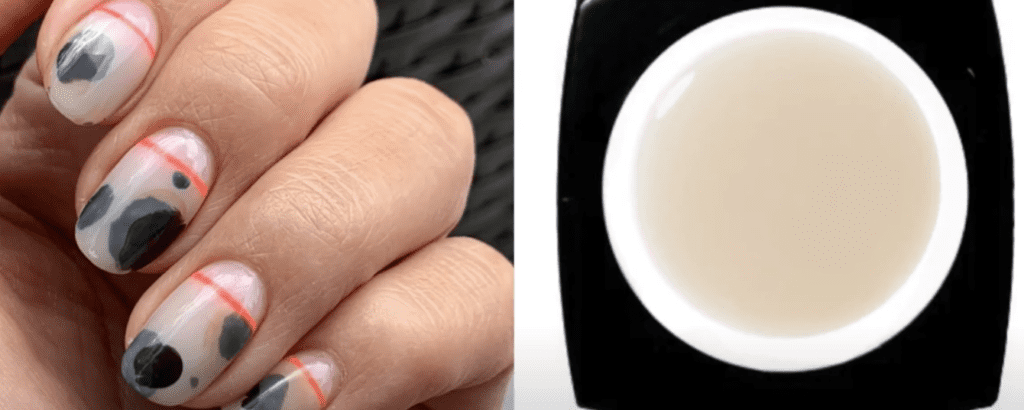
Leafgel:
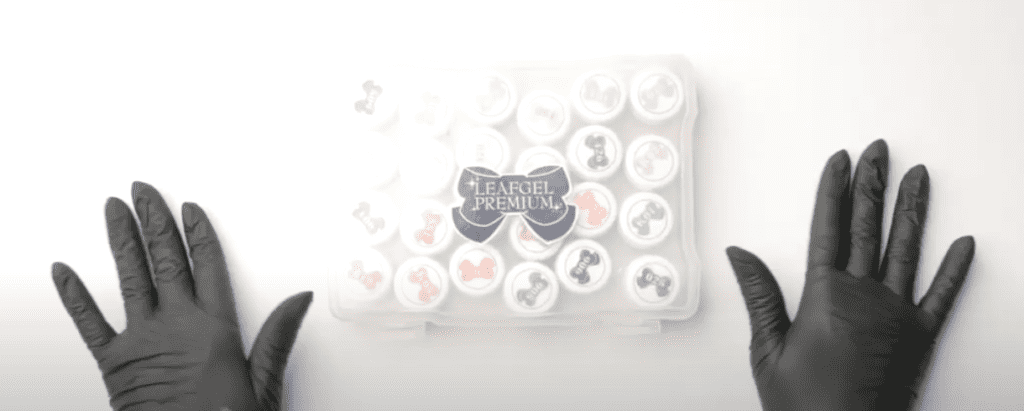
Leafgel colors:
Leafgel has a lot of deep reds you’ll want to get your hands on, like #611 and #517.
A classic red can be found in #006 or #007, and #008 is my absolute favorite kind of red; it’s a red-orange (the only red I can wear) and clients love it too.
3 other colors you are going to want to make sure you have are #901, #902, and #601 is a white peachy pink… soo nice for the summer. These 3 shades were among the most popular for me in the salon.
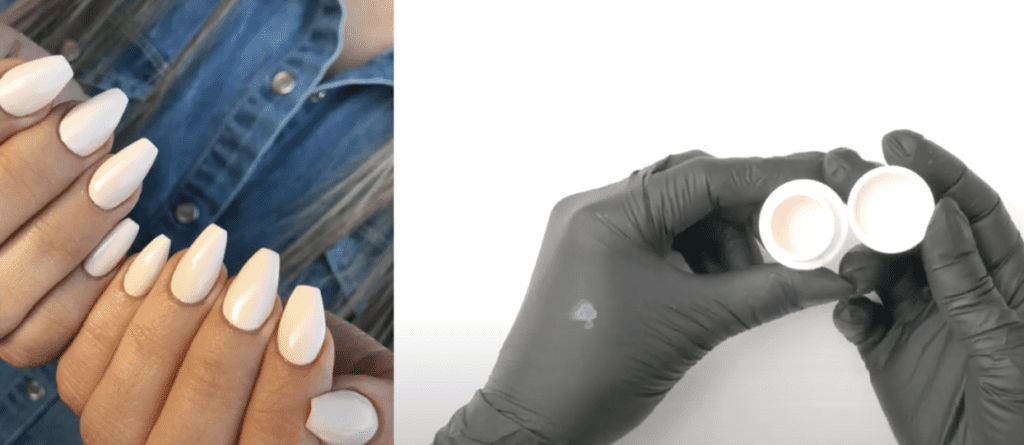
So are all Japanese colors virtually the same?…
Hmmm in quality yes.
As I’ve mentioned earlier, most Japanese gels provide a bit of stretch promoting a little bit of self-leveling and anti-chipping properties.
All color gel from these 3 brands do not have base gel in them so make sure you apply them right over a layer of base gel.
Now, can you mix color gel?
Yes, mixing colors to formulate your own shade is usually ok, even when mixing brands. Obviously, if you were to encounter any problems with the wearability of your custom mix, that is not a manufacturer’s error, so as long as you are aware of that… mix away. Generally, you can use any base gel clear to mix, but you get the best results with an actual mixing gel.
Certain brands have mixing clear gels. My current favorite is Art Clear from Kokoist, Art Clear gel from Kokoist is essentially a “clear color gel”. It is the foundation gel in Kokoist colors and so you can use it to mix.
Remember it has no adhesion component so it will still need to go over a layer of base gel.
Bottled version?
Some Japanese Gel Brands like Vetro and Presto offer their colors in a brush-on type bottle. There really isn’t a big downside to these containers vs jars, unless storage is a big deal for you because I find that pots are easier to store.
Formulation-wise, the product in the bottles is thinned out a little to keep the product from thickening in the bottle, and the strong pigmentation remains regardless of what container you draw from when it comes to Japanese gel brands.
In a bottle the constant pull and push of the brush may create bubbles, and also thin out solvents making it get slightly thicker over time, but nothing too significant in my opinion.
I also do find that it is a good idea to have a small collection of popular shades in brush-on bottle form for ease of application on toenails. Also, pots make nail art very convenient.
When using pots
I recommend having 3 brushes for your color applications. One for light colors, another for dark, and a separate one for glitters. While you may say: Wow, that’s a lot!… The good news is you get to go shopping.
Japanese gel is a soak-off gel, and overall what makes Japanese gels so special, is not only their pigmentation, by the way, they all use cosmetic grade pigment, but that the manufacturers really listen to their artists and create different textures of the same or similar gel colors.
For example, Kokoist has 4 whites, one is good for french nails, the other for gradation, the other for solid white nails, and another is great for dimensional art. This is the case for other brands like Vetro and Leafgel.
We’ve talked about this in other Japanese gel nail posts I’ve made, so make sure to catch up and watch those videos.
Have a merry rest of your week, I’ll see you in the next one.
Please note… These blogs are copyrighted material and any use of this blog is not permitted without written concern first. Some of these blogs contain affiliate links that provide us with a small commission when qualifying purchases are made. Thank you for your support that helps us to continue creating valuable resources and content like this.

![5 Must-Buy Efile Bits for Soft Gel Nails [Japanese Gel]](https://paolaponcenails.com/wp-content/uploads/2020/05/bitsthumb-1024x575.jpg)
